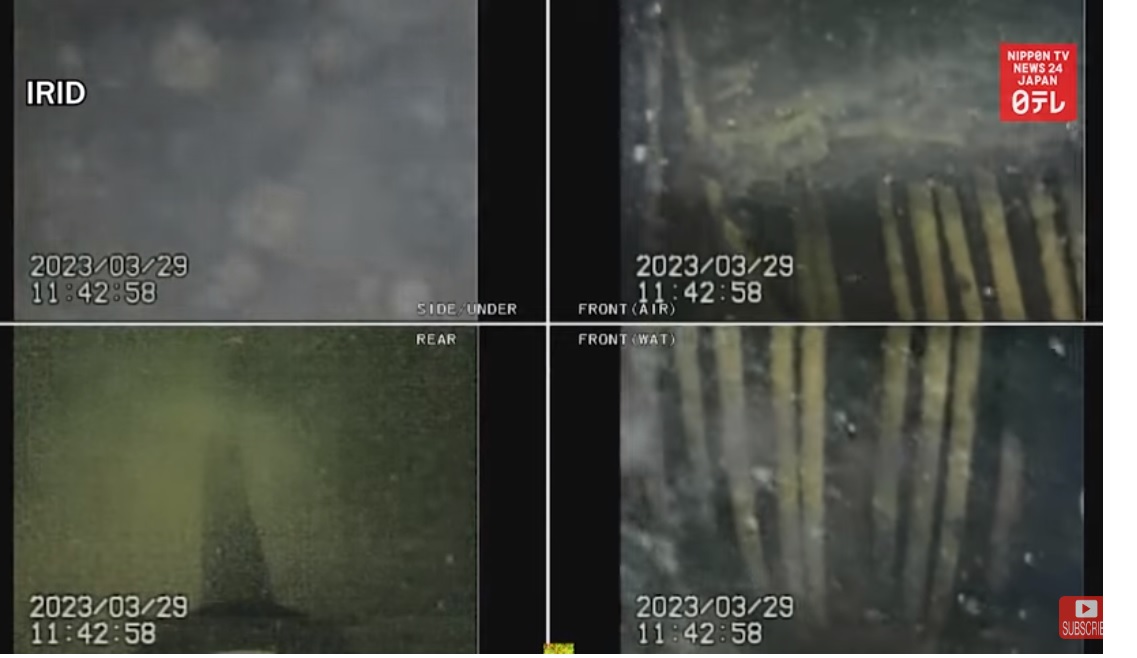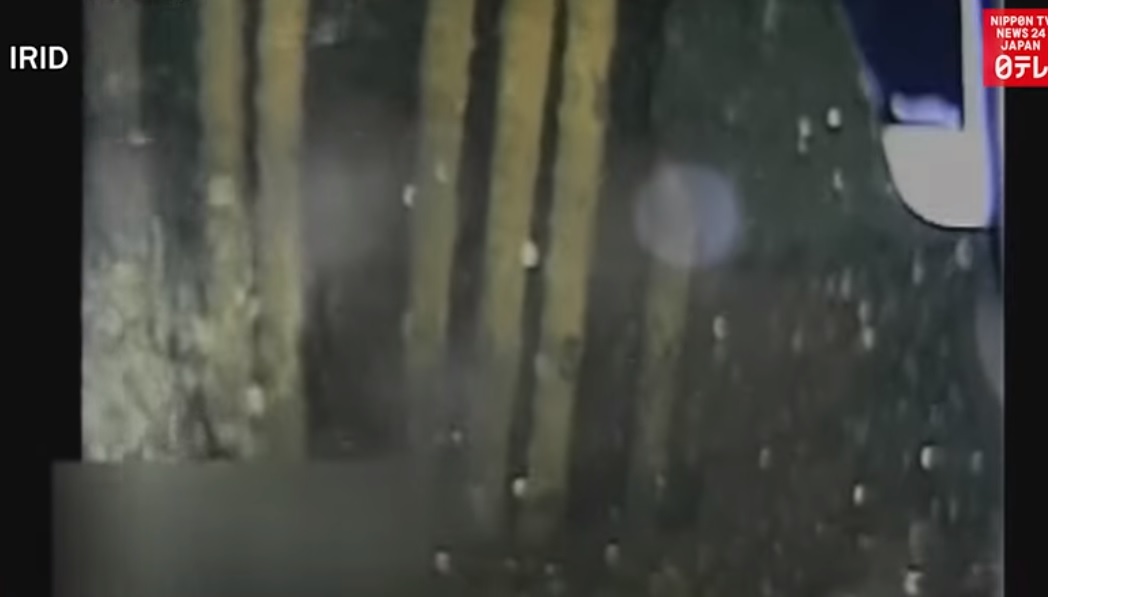Fukushima: Tritium water release is the least of the problems

In the coastal area of the plant, two seawater pumps are in action, spraying torrents of seawater through sky-blue pipes into a large header where the treated water is further diluted before release.
The sound of the water being poured into a secondary pool before pouring is clearly audible and on this occasion many international journalists had the opportunity to visit the plant for the first time after the 2011 disaster.
"The best way to dispose of contaminated water is to remove the debris from the molten fuel," said Tokyo Electric Power Company Holdings spokesman Kenichi Takahara, who accompanied the media tour for overseas media on Sunday.
But water is the lesser problem of the Fukushima nuclear reactor, because, in reality, quite little is known about what is inside. Takahara said the scarcity of information from inside nuclear reactors makes planning and developing the robotic technology needed to remove molten fuel debris extremely difficult.
“Removing molten fuel debris isn't like we can just take it out and be done with it,” he said.
The inside of the reactor is impenetrable, while submarine robots have ventured underneath the structure , to analyze the residual strength of the construction, bringing not exactly positive news: there are parts of the reinforcing steel structure in the open, therefore in contact with brackish water that can corrode them, while parts of the reinforced concrete of the foundations of the structure itself are missing.
This raises strong doubts about the possibility of the residual reactor structure being able to withstand a new earthquake, with the consequence that the end of the radioactive material still present is not absolutely clear. Here are two photos showing the damaged foundations
About 880 tons of highly radioactive molten nuclear fuel remain inside the three reactors . The robotic probes have provided some insight, but the status of the molten debris is still largely unknown. The amount is about 10 times the amount of damaged fuel that was removed during the cleanup of the Three Mile Island Nuclear Power Plant in the United States after the 1979 partial core meltdown.
The planned decades-long release of treated water has met strong opposition from fishing groups and criticism from neighboring countries. China immediately banned seafood imports from Japan in response. In Seoul, thousands of South Koreans rallied over the weekend to condemn the release, calling on Japan to keep it in tanks.
Managing the ever-growing volume of radioactive water stored in more than 1,000 tanks has been a safety risk and a burden since the plant was destroyed by an earthquake and tsunami on March 11, 2011. The tanks are already 98% full % of their capacity of 1.37 million tons.
Releasing the water into the sea is a milestone for the plant's decommissioning, which is expected to take decades. But that's only the beginning of the challenges ahead, such as clearing the fatally radioactive molten fuel debris that remains in the three damaged reactors, a daunting if ever accomplished task.
The plant's operator, Tokyo Electric Power Company Holdings, has begun releasing the first batch of 7,800-tonne 10-ton Group B tanks among the plant's least radioactive waters.
They say the water is treated and diluted to levels safer than international standards, and so far tests by TEPCO and government agencies have found no detectable radioactivity in seawater and fish samples taken after the release.
The release has started at a daily rate of 460 tons and is proceeding slowly. TEPCO plans to release 31,200 tons of treated water by the end of March 2024, which would only empty 10 tanks because the site will continue to produce radioactive water.
The pace will accelerate thereafter and approximately 1/3 of the cisterns will be removed over the next 10 years, freeing up

Thanks to our Telegram channel you can stay updated on the publication of new articles from Economic Scenarios.
The article Fukushima: Tritium water release is the least of the problems comes from Scenari Economics .
This is a machine translation of a post published on Scenari Economici at the URL https://scenarieconomici.it/fukushima-il-rilascio-dellacqua-al-trizio-e-il-minore-dei-problemi/ on Tue, 29 Aug 2023 13:49:00 +0000.


